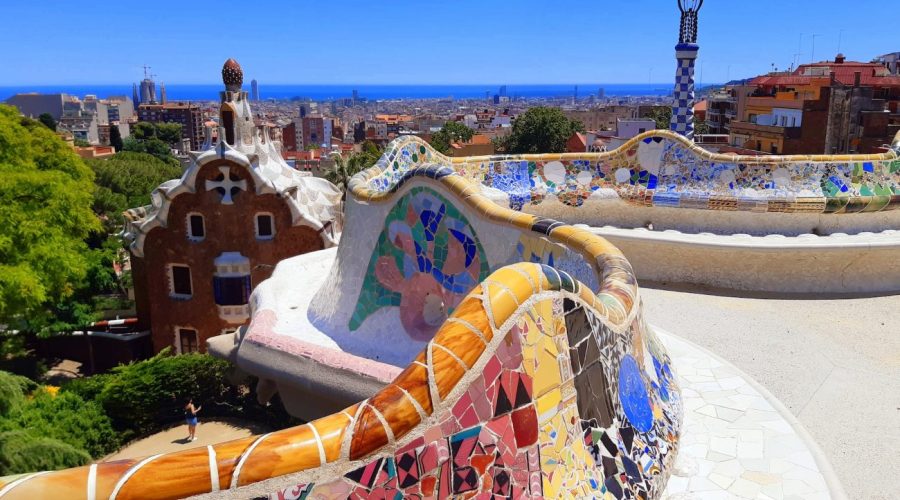Oceania Dress Code – A Comprehensive Guide for Beginners
Introduction
The rules for dress code in Oceania offer you a fantastic vacation experience. Your travel success depends on appropriate dress code knowledge no matter if you choose Hawaii islands or New Zealand landscapes or Fiji tropical paradise. The following comprehensive document analyzes Oceania dress code customs as well as traditional clothing combined with essential navigation tips.
Understanding Oceania Dress Codes
The region of Oceania contains various independent countries together with multiple distinct cultural backgrounds. When visiting Oceania you should respect the traditional beliefs and cultural practices in force at each individual country because these maintain their own distinct dress codes. Several important elements should be taken into account when traveling to Oceania.
Cultural Diversity
Multiple ethnic groups live in Oceania consisting of Polynesians together with Melanesians and Micronesians. All groups in the region maintain exclusive customs together with established traditions. In Samoa the lava lava serves as a traditional garment which both males and females commonly wear as a wrap-around skirt.
Climate and Weather
People who visit Oceania must pay attention to local climate conditions where temperatures range from tropical to temperate. One should carry lightweight and breathable garments such as shorts and t-shirts and sundresses for warmer climatic zones. To adjust to frequent temperature fluctuations people in New Zealand should layer their clothes properly.
Popular Traditional Attire
People in Oceania prefer western fashion but traditional outfits play an important role in maintaining their cultural heritage. Traditional clothing in Oceania consists of the following well-known examples:
Hula Skirt
The hula skirt which Hawaiian people call “pāʻū hula” is a traditional woven garment made from grass fibers known as hibiscus. Wearers use the traditional attire for performing cultural dances together with other traditional events.
Sarong
Pacific islanders together with coastal inhabitants frequently choose to wear sarongs. These adjustable garments provide versatile wearing options which work for both genders under the hot conditions present across Oceania regions.
Etiquette and Dressing Tips
Local customs and traditions must be respected by people who visit Oceania. The following points represent helpful etiquette standards with appropriate dressing suggestions:
Modesty
In religious sites along with cultural sites visitors should dress in modest clothing since relaxation in dress codes exists only in select tourist zones. To demonstrate respect visitors should dress by covering their shoulders and knees.
Footwear
Sport shoes with comfortable soles make the best choices for enjoying outdoor activities in Oceania. Many visitors prefer wearing sandal or flip-flops as footwears particularly when they spend their time on tropical islands that have many sandy beaches.
Accessories
Patterned accessories from the destination area serve as excellent cultural signifiers that enhance your outfit. Guests should shop for handmade jewelry as well as traditional woven bags for their outfit.
Celebrations and Festivals
Oceania maintains a strong tradition of holding lively celebrations which depend on traditional clothes for their main presentation. Several major events take place within Oceania with Matariki as the most prominent among them.
Matariki
The Maori cultural tradition of Matariki provides an opportunity for New Zealand residents to celebrate their new year’s season. When this period occurs locals put on their traditional Maori garments while performing cultural dance performances.
Merrie Monarch Festival
Each year during the Merrie Monarch Festival Hawaii presents its annual hula competition alongside traditional cultural events. The participants together with attendees typically choose to wear vibrant traditional costumes.
Conclusion
The information you learned about Oceania dress code enables you to organize your journey while respecting the diverse cultural traditions of the region. Remember to show respect toward the local traditions although adapting to local customs and enjoying the breathtaking natural wonders of Oceania.
Table of Contents



